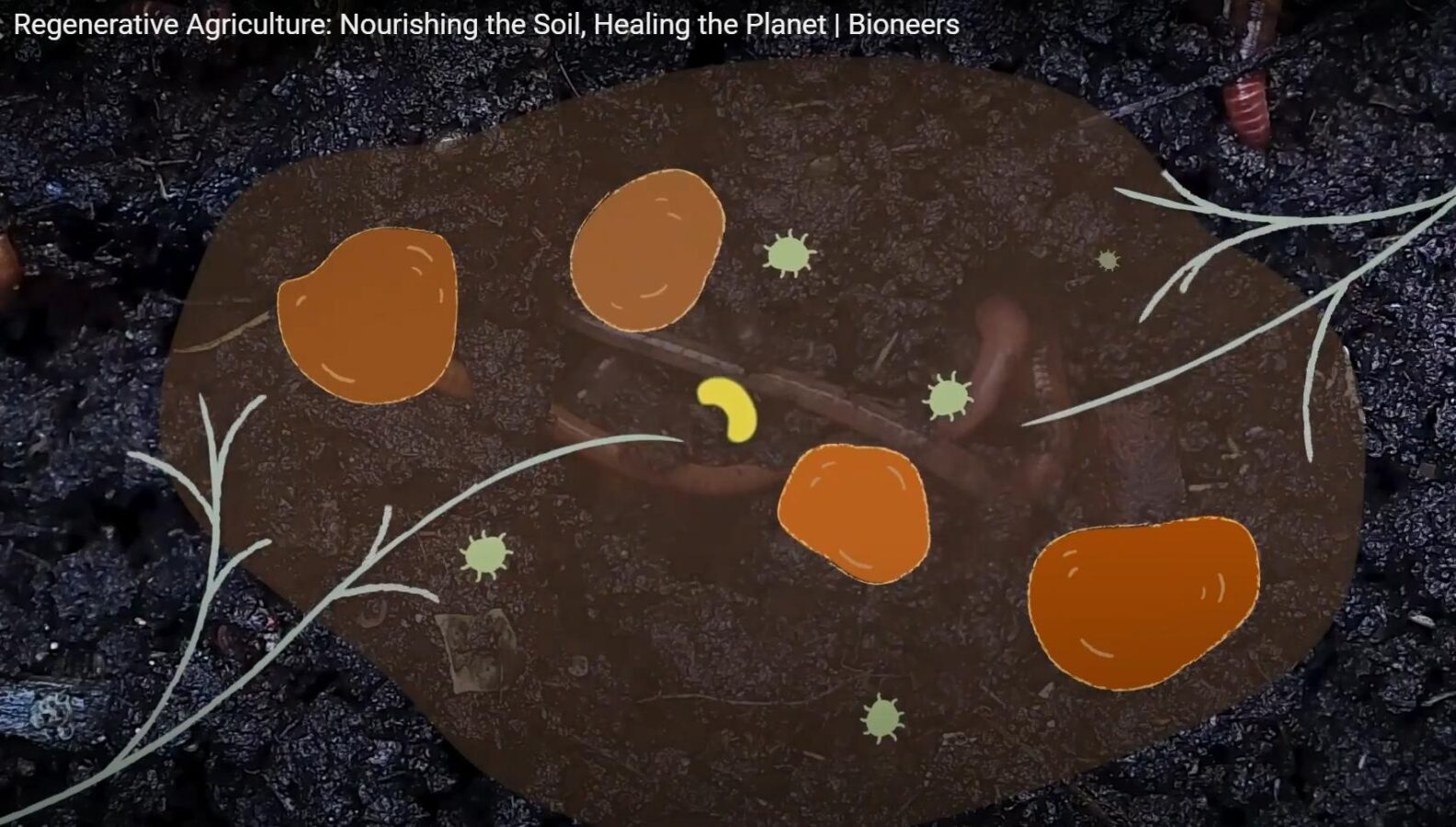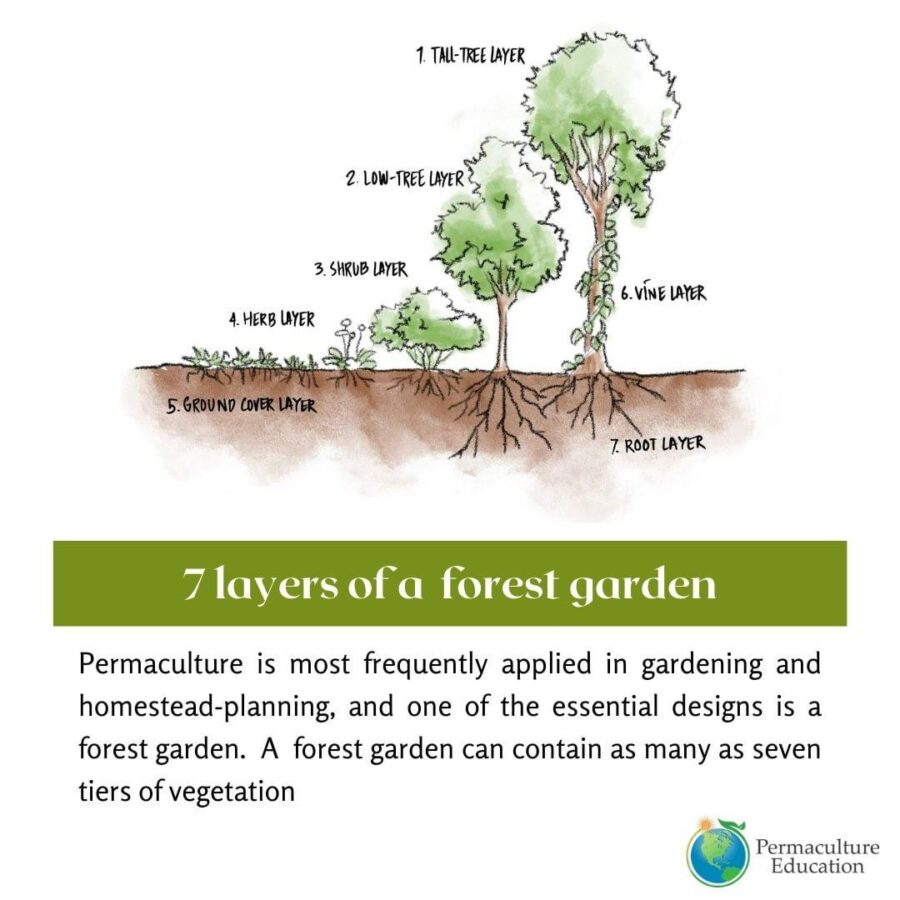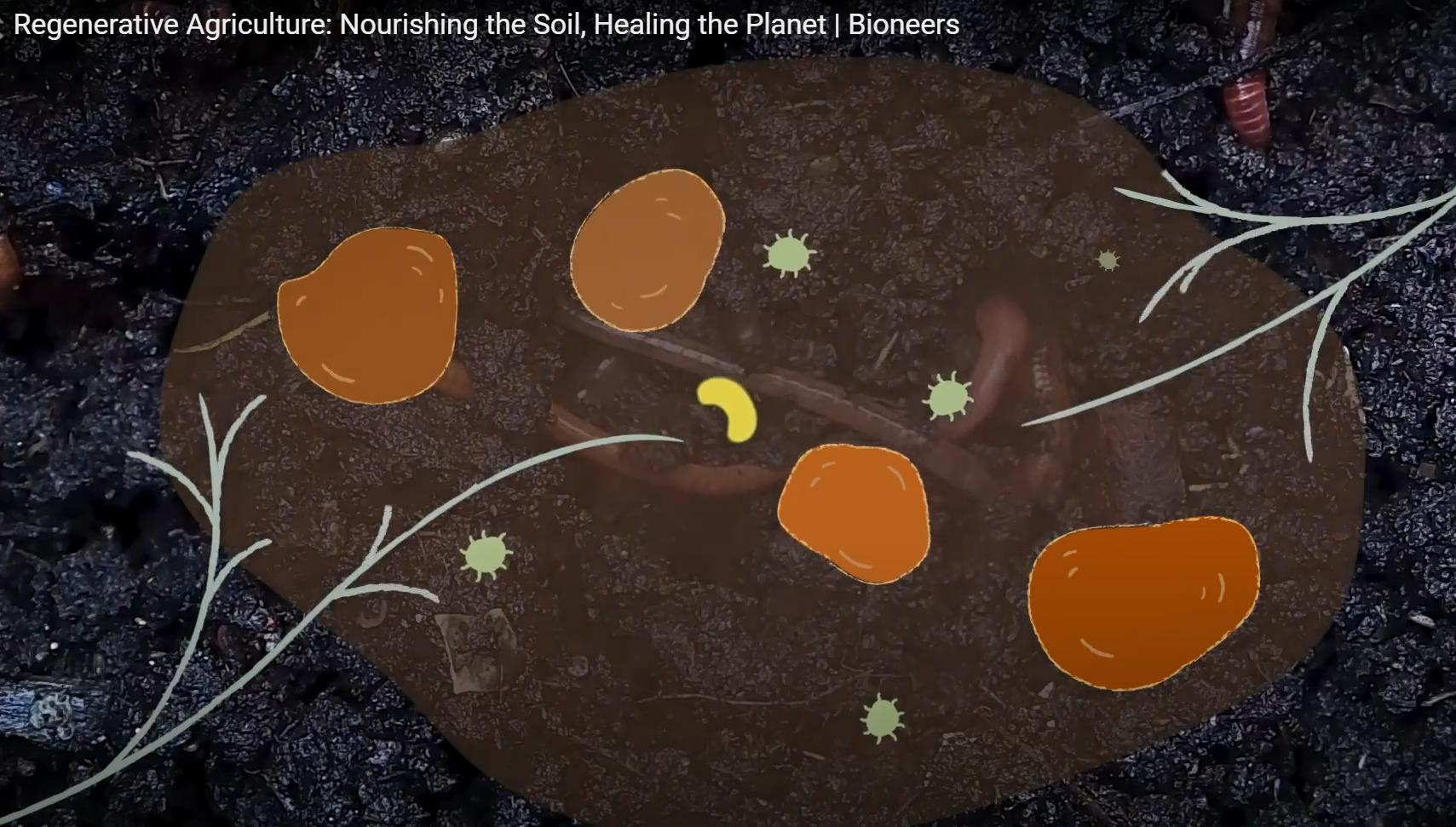Highlights of the Permaculture Design Process
Permaculture Design, also known as Regenerative Design or Ecological Design, encompasses a range of interconnected practices and principles that harmonize with nature’s wisdom. By observing and imitating natural ecosystems, permaculture design strives to create resilient and productive systems that benefit both people and the planet. This blog post will explore some key aspects of permaculture design and how they interrelate.
1. The Ethics and Principles of Permaculture Design:

The Ethics of Permaculture Design: Earth Care, People Care, and Future Care (or Share the Surplus) promote a life-affirming system and create a sense of reverence for all life on the planet. By embodying and living these principles, we ensure our species’ continued survival and the planet’s health and maintain a healthy respect for life itself.
The Permaculture Principles:
If you’re a designer or simply a person designing their own farm, homestead, business, or local economy, you can use the Permaculture Principles to help you design integrated systems that use less energy, eliminate “waste”, and create natural abundance. Here is a peek at some of the Permaculture Principles:
OBTAIN A YIELD
You can’t work on an empty stomach (and neither can anyone else).
REDUNDANCY
Have a backup plan. Be prepared!
CATCH AND STORE ENERGY
Make hay while the sun shines.
MULTIPLE FUNCTIONS
Stacking functions. Wearing more than one hat.
PRODUCE NO WASTE – RETHINK, REDUCE, REPAIR, REUSE, RECYCLE, REPURPOSE
Waste not, want not.
A stitch in time saves nine.
OBSERVE AND REPLICATE NATURAL PATTERNS
USE AND VALUE RENEWABLE RESOURCES AND SERVICES
Let Nature take its course.
DESIGN FROM PATTERNS TO DETAILS
Can’t see the forest for the trees.
SECTOR AND ZONE PLANNING
RELATIVE LOCATION
It’s the connections that matter.
USE EDGES AND VALUE THE MARGINAL
The edge is where the action is.
Don’t think you are on the right track just because it’s a well-beaten path.
USE AND VALUE DIVERSITY
Don’t put all your eggs in one basket.
INTEGRATE RATHER THAN SEGREGATE
Many hands make light work.
APPLY SELF-REGULATION AND ACCEPT FEEDBACK
The sins of the fathers are visited on the children unto the seventh generation.
Make lots of small mistakes.
USE SMALL AND SLOW SOLUTIONS
The bigger they are, the harder they fall.
Slow and steady wins the race.
For further study:
Recommended blog:
Permaculture Principles
Deep Green Permaculture
Recommended video:
2. Design and Site Analysis:
Site analysis and design in permaculture involve thoroughly assessing the characteristics of a location, such as topography, soil composition, water sources, and microclimates, to inform the strategic placement of elements and maximize the efficient use of resources for creating sustainable and regenerative systems.
For further study,
Recommended blog:
Regenerative Design
Recommended video:
2.a. What is a Permaculture Sector Analysis?

In a Permaculture Sector Analysis, the term sector refers to any natural energy or uncontrolled influence that moves through your design site. And through sector analysis, you can anticipate and enact design decisions that will mediate, mitigate, and improve how those energies and influences affect your site.
For further study,
Recommended blog:
Barbolian Permaculture Journey
3. Companion Planting and Polycultures:
Companion planting is simply planting at least one plant as a ‘companion’ to another. The central idea in companion planting is that monocultures are a bad thing. A monoculture is a plantation of just one crop (as you would typically often see in large farm fields).
The problem with monocultures is that they are inherently unnatural. They take more resources (water, energy, etc.) to maintain and can damage the soil ecosystem. And since they are more prone to problems with pests and diseases, they are harder (if not impossible) to manage organically.
By carefully choosing which plants to place next to each other, we can find solutions to many of the problems that are commonly found in mono-crop systems. We know surprisingly little about the many different ways that different plants interact. But we do know that plants can help each other in a range of surprising ways.
For further study,
Recommended blog:
RootedRevival.com
4. Soil Building and Regenerative Agriculture:
Maintaining soil health is critical for regenerative agriculture and ecosystem health. Soil degradation, which can result from activities such as overuse of pesticides and fertilizers, erosion, and deforestation, can lead to decreased soil fertility, reduced crop yields, and degraded water quality. Soil conservation practices such as cover cropping, crop rotation, and reduced tillage can help to maintain and improve soil health.

For further study,
Recommended blog: https://www.nrdc.org/stories/regenerative-agriculture-101#what-is
Recommended videos:
5. Water Management and Conservation:
Permaculture has numerous aspects; however, its way of dealing with water is a standout among the most energizing and sustaining. Permaculture Designers learn how to design water elements that go beyond the protection of water to energize growing systems and sustain groundwater supplies.
In some ways, Permaculture Design has a “post-present day” sensibility in that it acquires from indigenous methods while additionally drawing from the most modern comprehension and information from a range of applied sciences.
For further study,
Recommended blog: https://www.treehugger.com/permaculture-water-features-inspiration-and-ideas-5189614
Recommended video:
6. Perennial Plants and Food Forests:
A Food Forest is an assembly of edible plants and useful species that mimics the relationships in natural, mature forests. If you can imagine the vertical layers of a forest, with tall trees, small trees, shrubs, vines, herbs, ground covers, and fungi, you can create a food forest of your own. Although the term “food forest” conjures visions of a wild area magically producing all the fruits, nuts, herbs, and veggies you could possibly need, it is not magical. It requires a lot of planning and work to set it up. It does not occur naturally but mimics the beneficial relationships found in nature. You will manage diverse and productive ecosystems once you design your food forest.
Learn the why and the how of Food Forests right here.

For further study,
Recommended video:
If you’d like to read more about Permaculture Design and the topics discussed, please see these resources: https://permacultureeducation.org/video-resources/
Permaculture is a lifelong journey of learning and implementation, so let these insights inspire you to take practical steps toward creating regenerative systems and embracing a harmonious relationship with nature.
Growing with nature is a wonderful approach to a permaculture lifestyle and we hope we can inspire you to do so! If you want to learn more about Permaculture Design and how to offer your services more regeneratively, become a certified Permaculture Designer with us!


